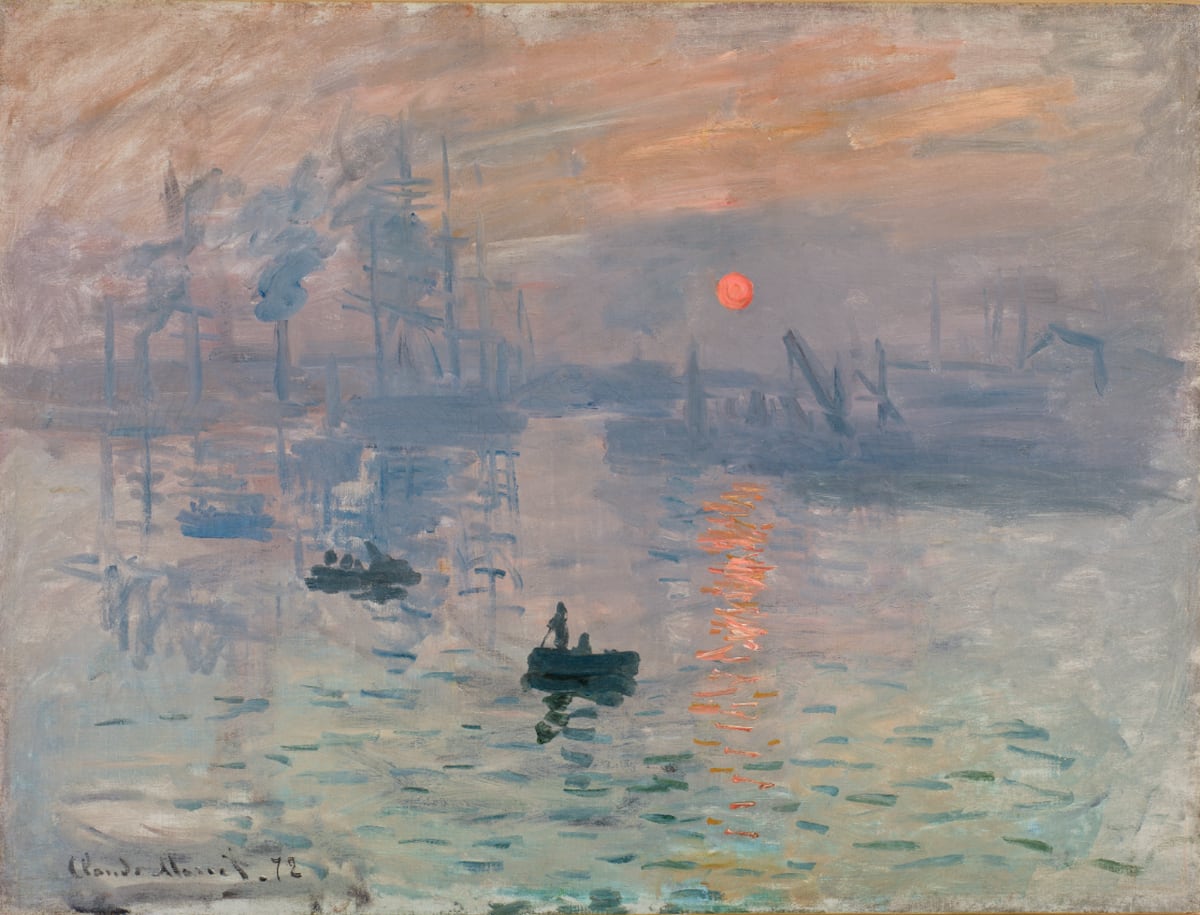France celebrates the anniversary of the movement with an exhibition at the Orsay Museum. It recalls the first exhibition organized in 1874 by these marginal artists who, opposed to dominant academicism, wanted to paint modern life.
Monet, Renoir, Degas, Pissarro, Cézanne, Sisley and Morisot were pariahs of painting at the time. The exhibition was a coup d'état intended to attract attention and break with the invisibility to which the Salon condemned them, the only existing channel to show their plays. The Impressionists also had, despite everything, an artistic agenda that had been in the making for years, says Philippe Garnier, director of the Musée d'Orsay, Paris 1874. It was open for only three weeks, a mere 3,500 spectators visited it and only a handful of works were sold, but the exhibition changed the course of the history of painting, Garnier says. It is worth asking what remains to be said about this current and its members, whose revolution seems to have already been overcome, he says.

